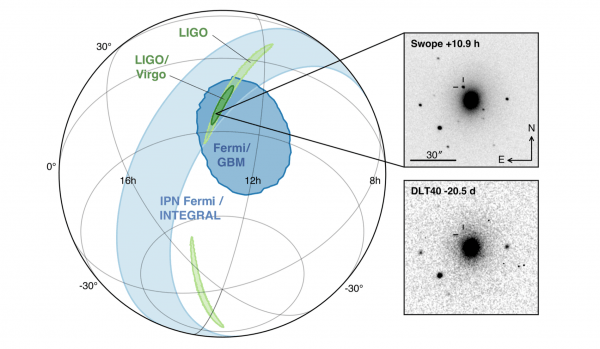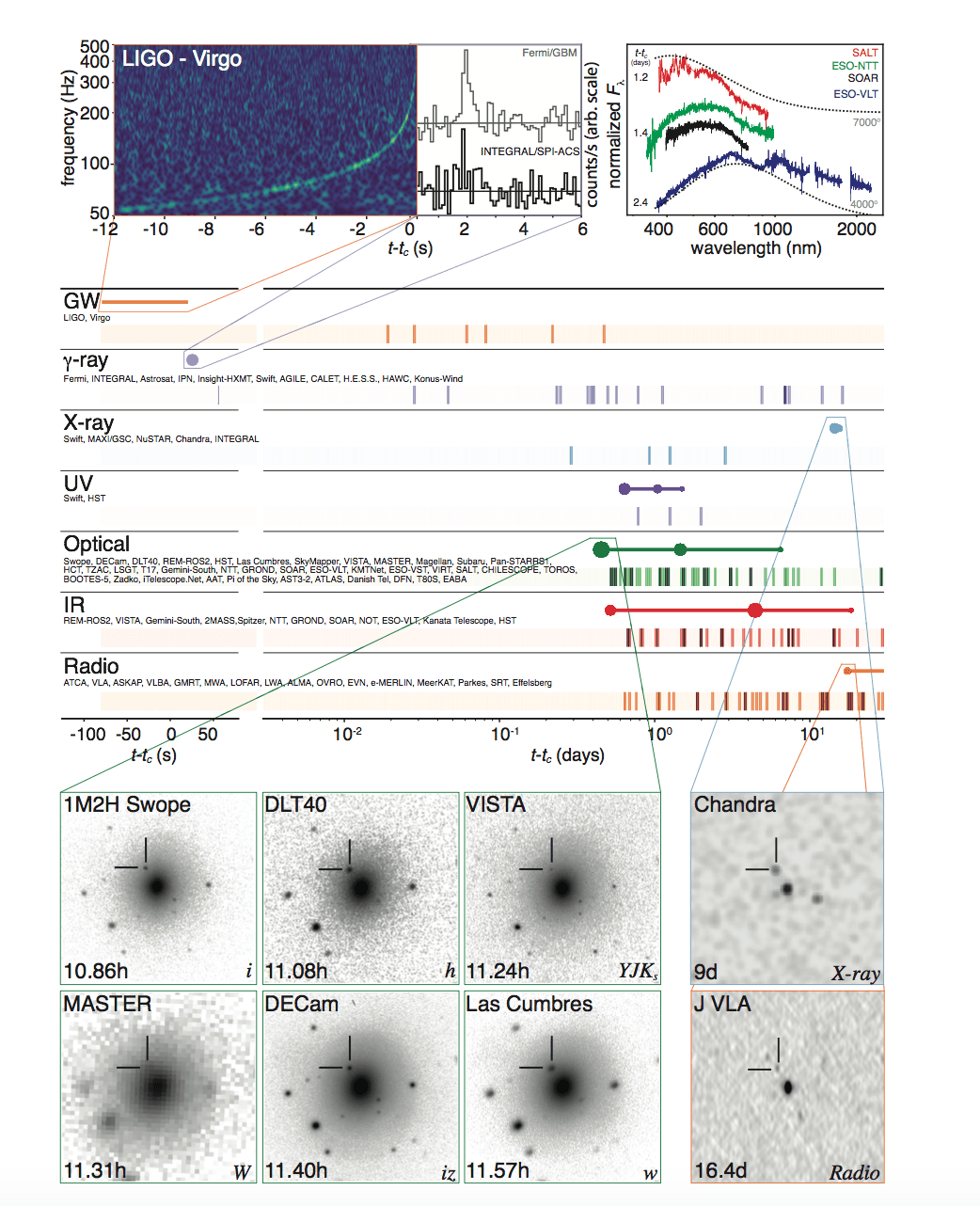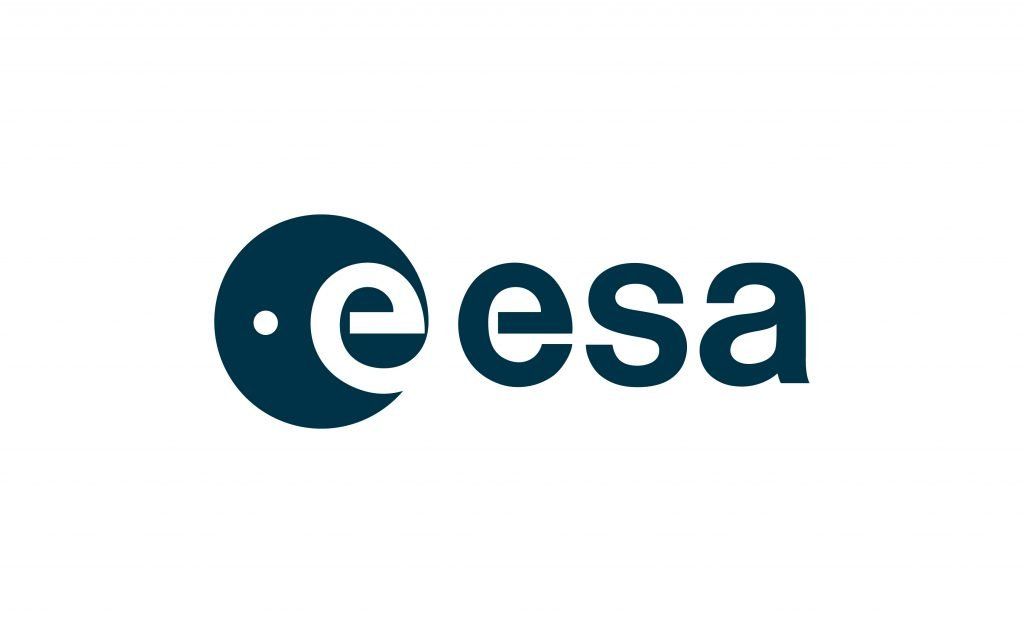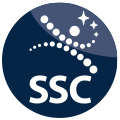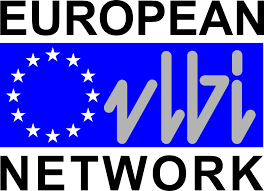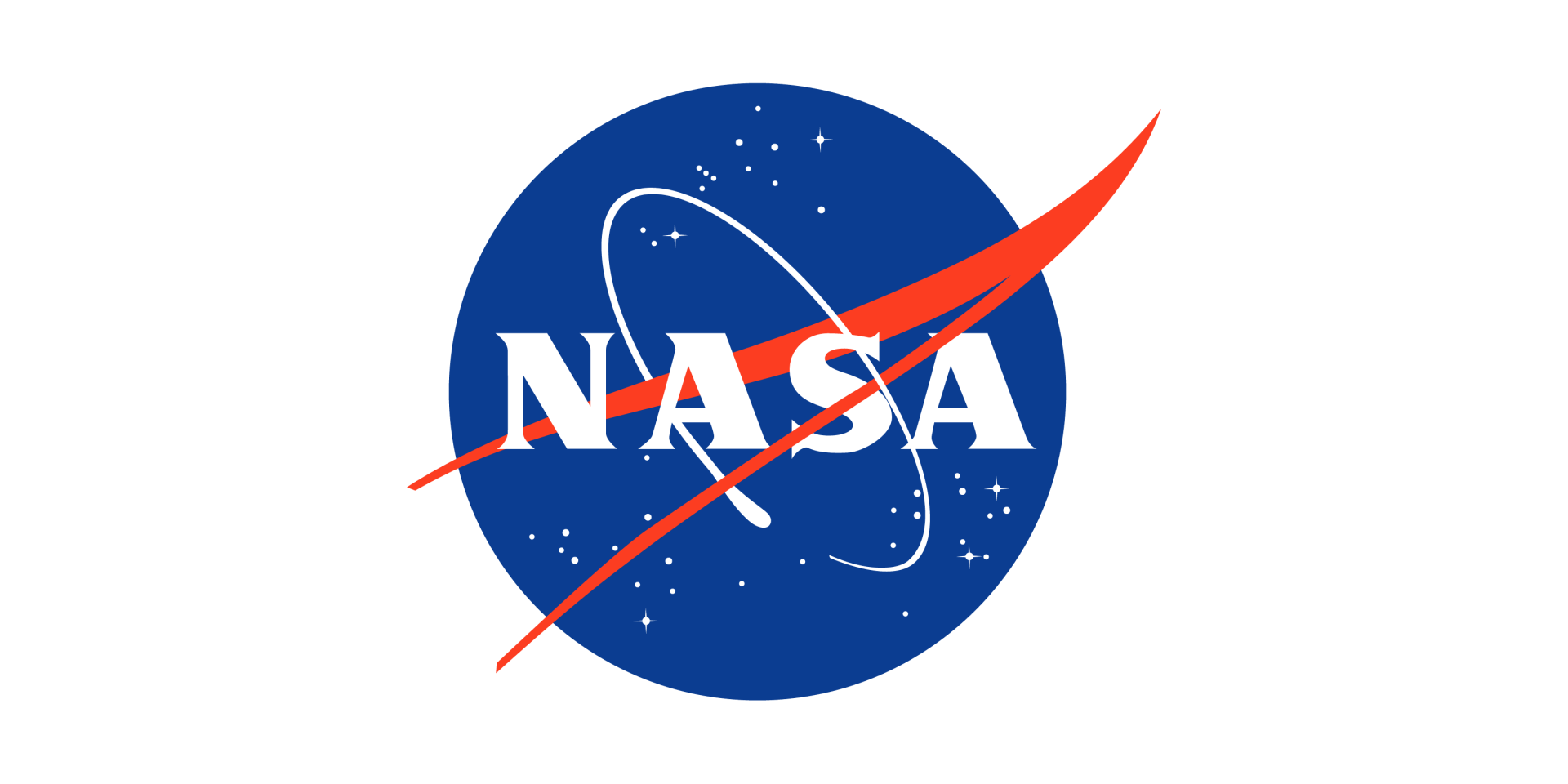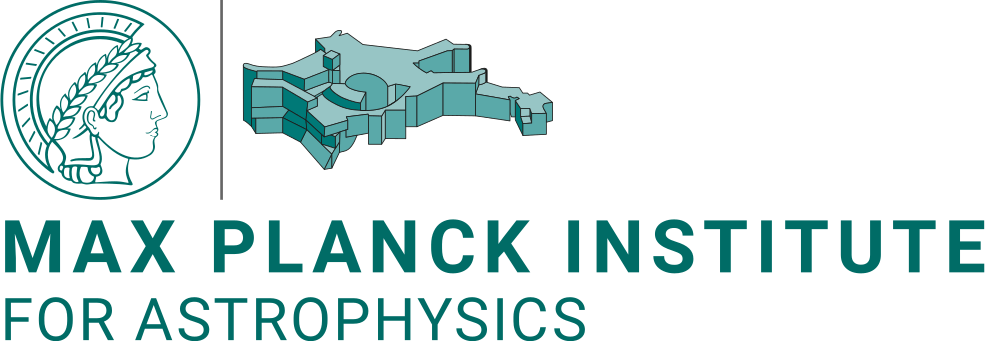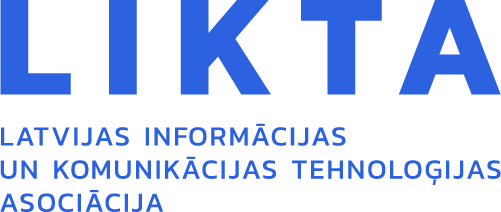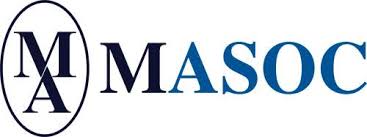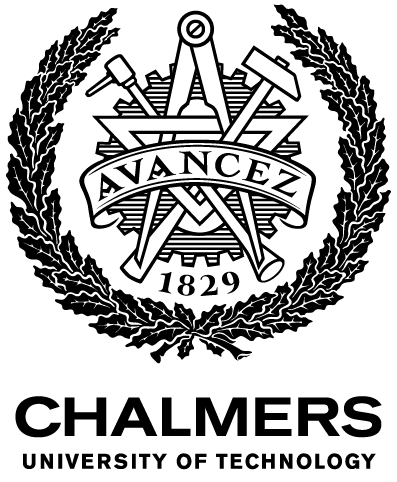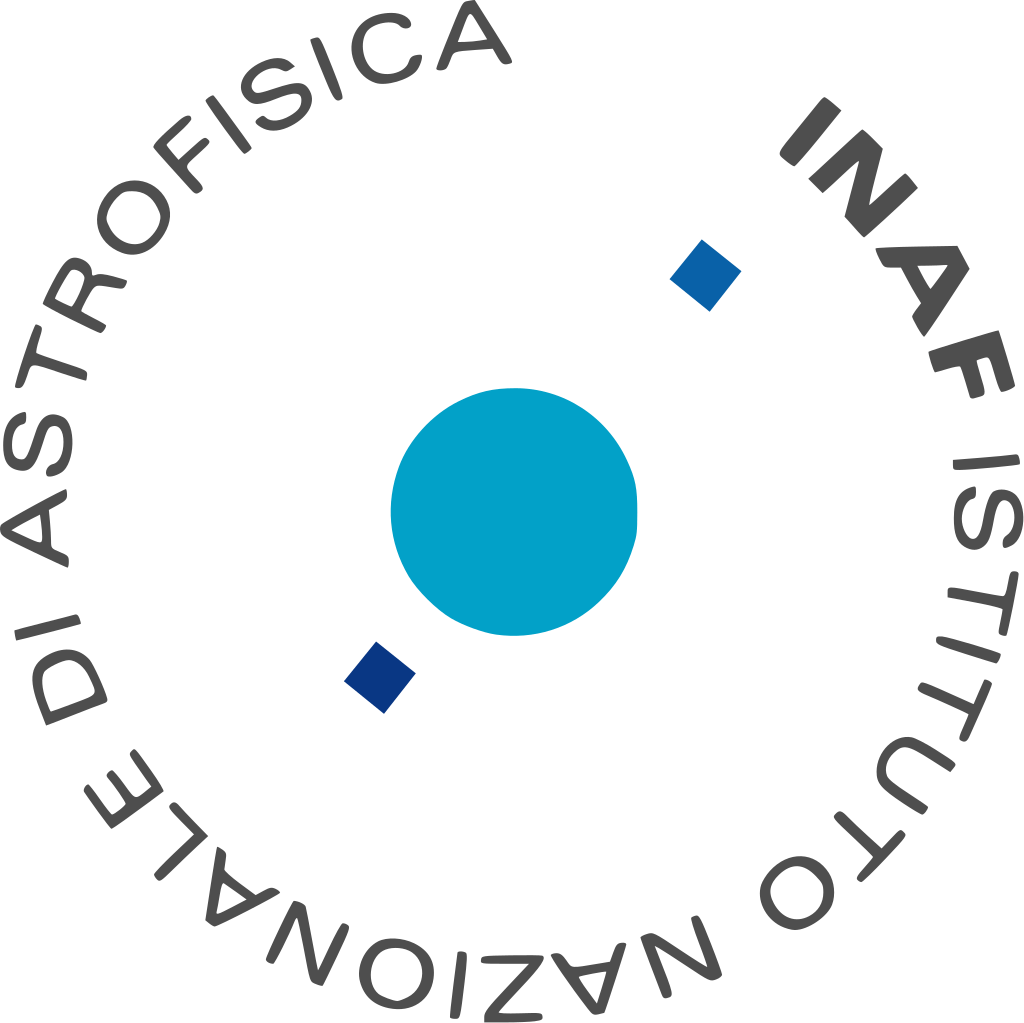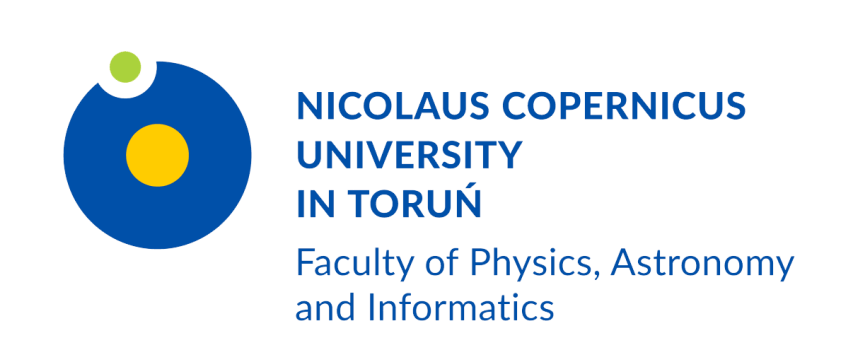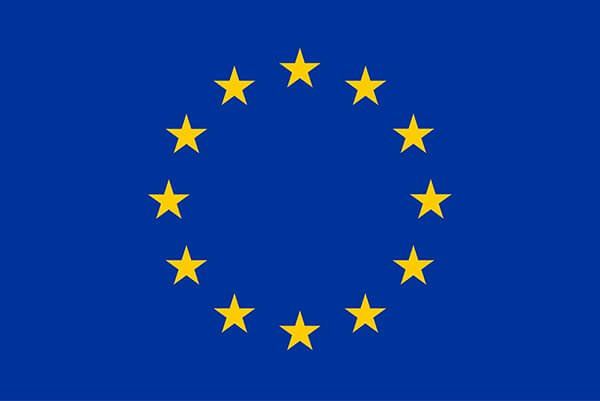This web page is created within BALTICS project funded from the European Union’s Horizon2020 Research and Innovation Programme under grant agreement No.692257.
Studies on gravitational waves continue
2018. gada 27. jūnijs
For the first time, scientists have directly detected gravitational waves — ripples in space and time — in addition to light from the spectacular collision of two neutron stars. This marks the first time that a cosmic event has been viewed in both gravitational waves and light. The discovery was made using the U.S.-based Laser Interferometer Gravitational-Wave Observatory (LIGO); the Europe-based Virgo detector; and some 70 ground- and space-based observatories.
The initial detection of the gravitational signal, named GW170817, was first made on Aug. 17 at 8:41 a.m. Eastern Daylight Time; by the two identical LIGO detectors, located in Hanford, Washington, and Livingston, Louisiana. Virgo, situated near Pisa, Italy, also recovered a signal that allowed scientists to precisely triangulate the position of the source in a relatively small patch in the southern sky. At nearly the same time that this detection was made the Gamma-ray Burst Monitor on NASA’s Fermi space telescope had detected a burst of gamma rays. LIGO-Virgo analysis software put the two signals together and saw it was highly unlikely to be a chance coincidence, and another automated LIGO analysis indicated that there was a coincident gravitational wave signal in the other LIGO detector.
The current findings have only been possible due to the collaboration of multiple institutions and observing stations across the globe, and further work is now required to fully understand their significance.
Information obtained from http://www.jive.eu/
More information is available here.
